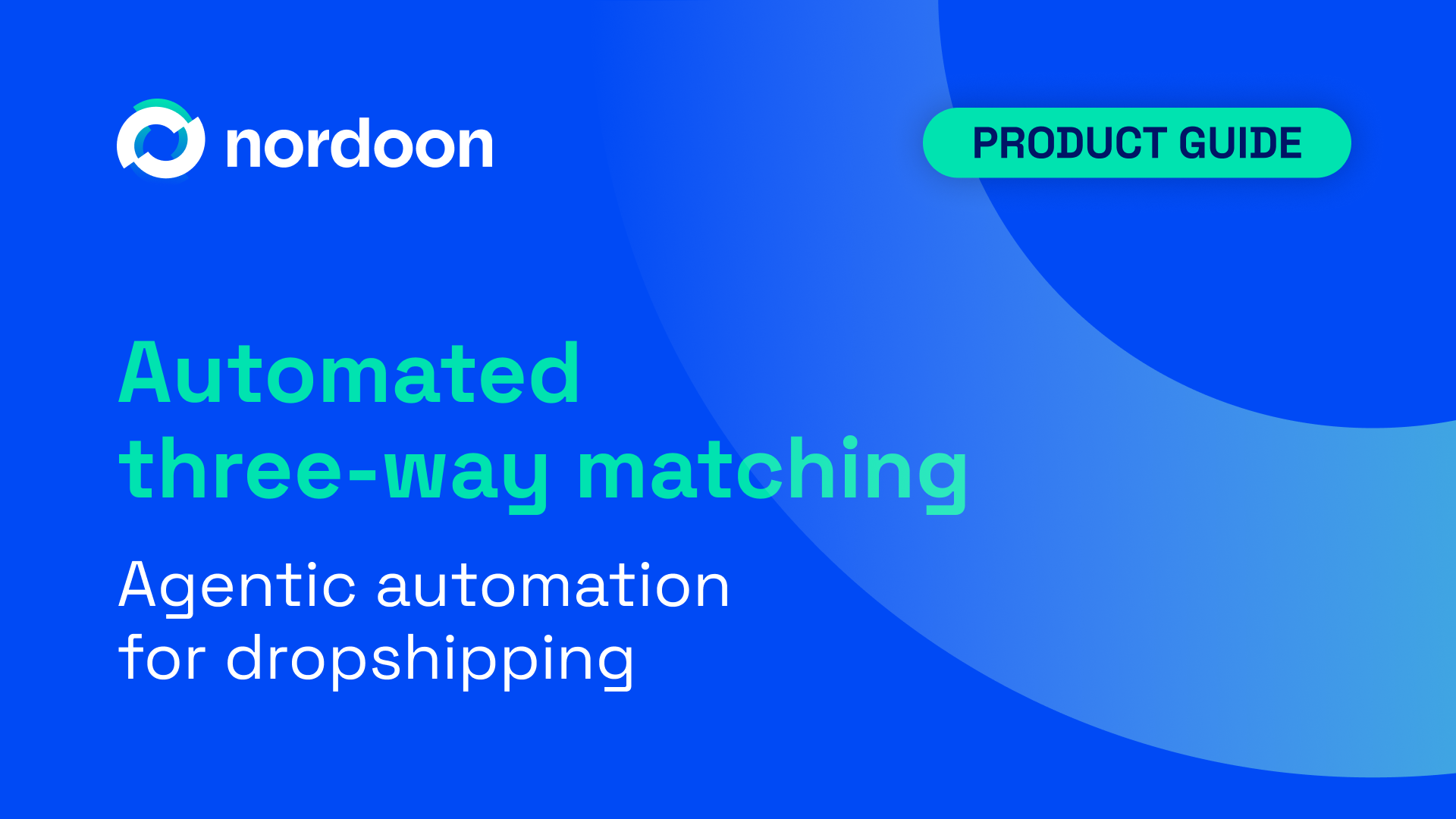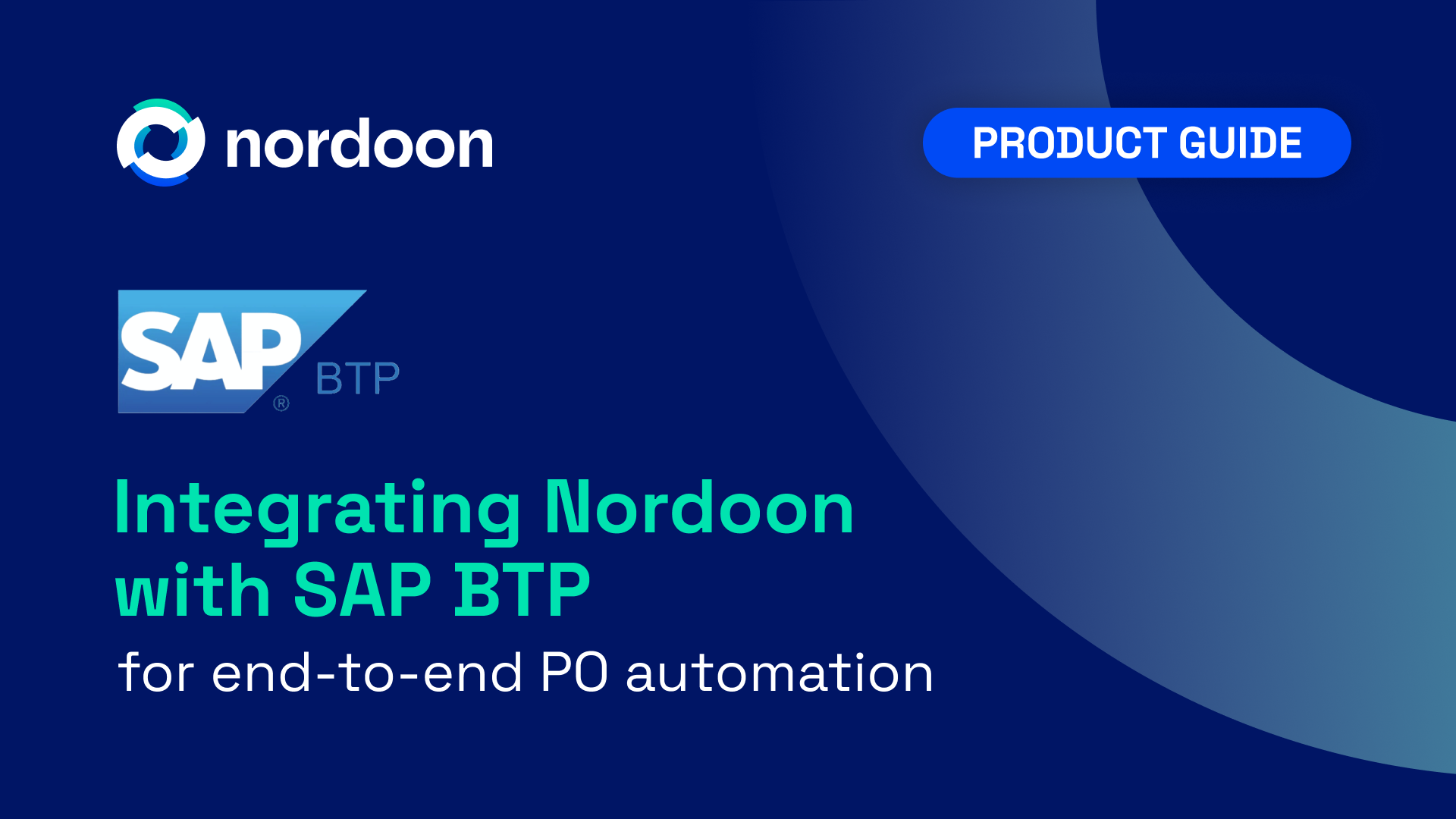5 reasons why AI deployments fail in enterprise – and how to avoid them
Why do most enterprise AI projects stall before they scale? This article breaks down five proven reasons - from lack of ownership to magical thinking – and offers a grounded view on what it takes to make automation work inside complex organizations.










